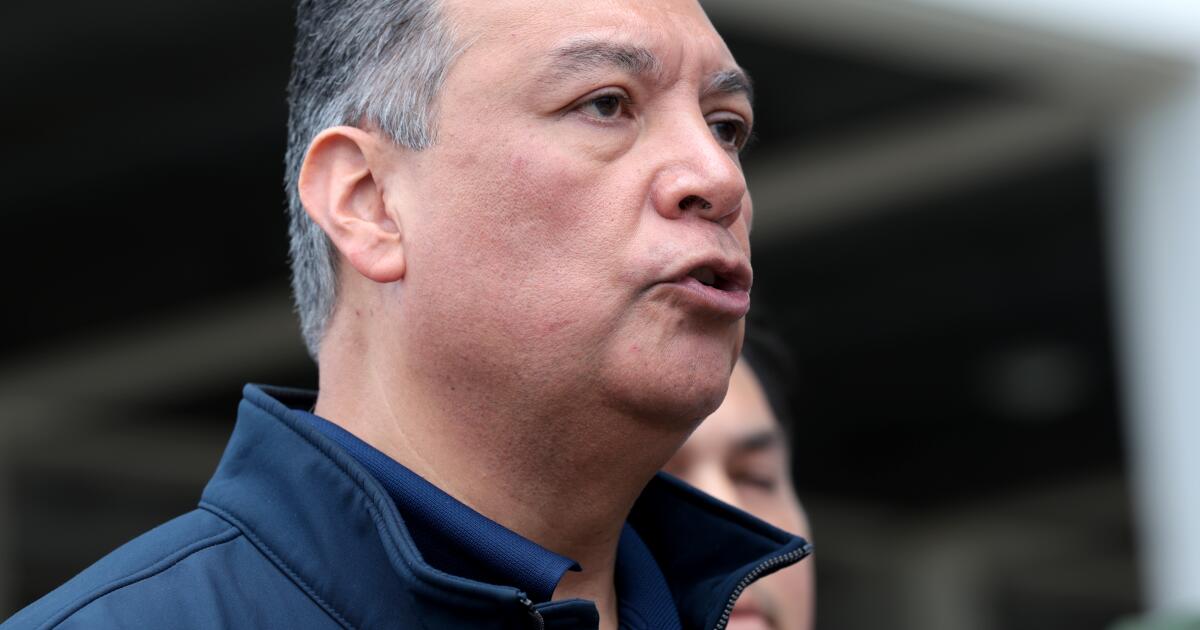Israeli army, settlers strike 2,350 times in West Bank last month: Report | Israel-Palestine conflict News
‘Cycle of terror’ spikes as Higher Planning Council set to advance plans to build 1,985 new settlement units in occupied West Bank.
Israeli forces and settlers have carried out 2,350 attacks across the occupied West Bank last month in an “ongoing cycle of terror”, according to the Palestinian Authority’s Colonization and Wall Resistance Commission (CRRC).
CRRC head Mu’ayyad Sha’ban said on Wednesday that Israeli forces carried out 1,584 attacks – including direct physical attacks, the demolition of homes and the uprooting of olive trees – with most of the violence focused on the governorates of Ramallah (542), Nablus (412) and Hebron (401).
Recommended Stories
list of 3 itemsend of list
The research, compiled in a CRRC monthly report titled Occupation Violations and Colonial Expansion Measures, also noted 766 attacks by settlers. The commission said they are expanding settlements, which are illegal under international law, as part of what it called an “organised strategy that aims to displace the land’s indigenous people and enforce a fully racist colonial regime”.
The report said settler attacks reached a new peak with most targeting the Ramallah governorate (195), Nablus (179) and Hebron (126). Olive pickers received the brunt of attacks, according to the report, which said they were the victims of “state terror” that had been “orchestrated in the dark backrooms of the occupation government”.
It described instances of Israeli “vandalism and theft” carried out in cahoots with Israeli soldiers that have seen the “uprooting, destruction and poisoning” of 1,200 olive trees in Hebron, Ramallah, Tubas, Qalqilya, Nablus and Bethlehem. During the violence, settlers have tried to establish seven new outposts on Palestinian land since October in the governorates of Hebron and Nablus.
For decades, the Israeli military has uprooted olive trees, an important Palestinian cultural symbol, across the West Bank as part of efforts by successive Israeli governments to seize Palestinian land and forcibly displace residents.
The spike in Israeli violence comes amid expectations that Israel’s Higher Planning Council (HPC), part of the Israeli army’s Civil Administration overseeing the occupied West Bank, will meet to discuss the construction of 1,985 new settlement units in the West Bank on Wednesday.
The left-wing Israeli movement Peace Now said 1,288 of the units would be rolled out in two isolated settlements in the northern West Bank, namely Avnei Hefetz and Einav Plan.
It said the HPC had been holding weekly meetings since November last year to advance housing projects in the settlements, thus normalising and accelerating construction on land taken from Palestinians.
Since the beginning of 2025, the HPC has pushed forward a record 28,195 housing units, Peace Now said.
In August, far-right Finance Minister Bezalel Smotrich drew international condemnation after saying plans to build thousands of homes as part of the proposed E1 settlement scheme in the West Bank “buries the idea of a Palestinian state”.
The E1 project, shelved for years amid opposition from the United States and European allies, would connect occupied East Jerusalem with the existing illegal Israeli settlement of Maale Adumim.
The Israeli far right’s push to annex the West Bank would essentially end the possibility of implementing a two-state solution to the Palestinian-Israeli conflict as outlined in numerous United Nations resolutions.
United States President Donald Trump’s administration has been adamant that it won’t allow Israel to annex the occupied territory. US Vice President JD Vance, while visiting Israel recently, said Trump would oppose Israeli annexation of the West Bank and it would not happen. Vance said as he left Israel, “If it was a political stunt, it is a very stupid one, and I personally take some insult to it.”
But the US has done nothing to rein in Israel’s assaults and crackdowns on Palestinians in the West Bank as it trumpets its Gaza ceasefire efforts.
















